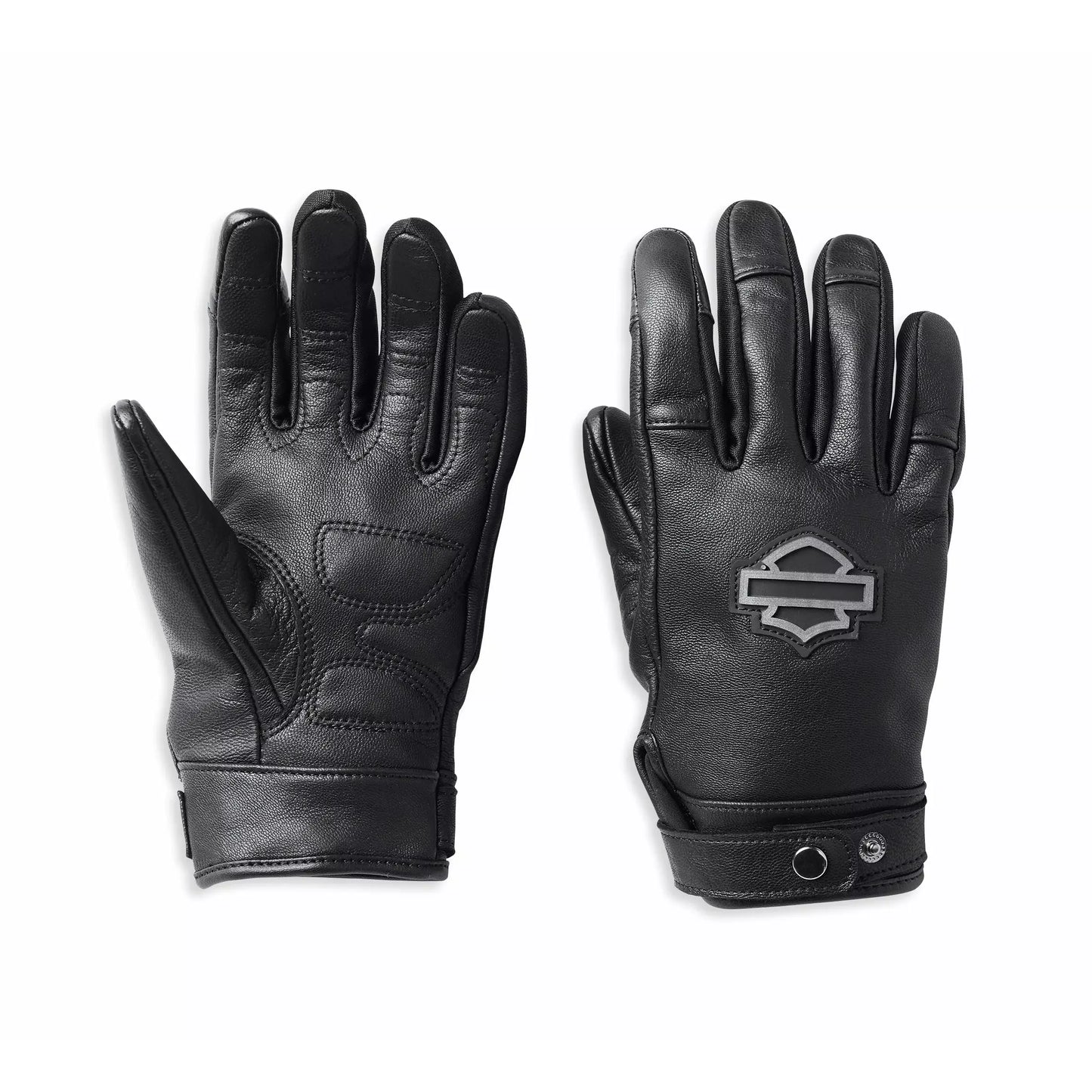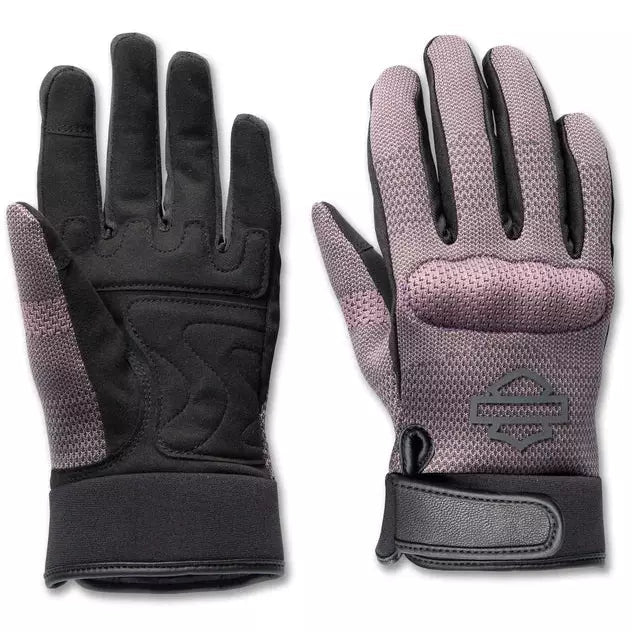How to Choose the Right Motorcycle Helmet
Key Factors:
- Safety (DOT/ECE/Snell)
- Fit (measure head circumference)
- Comfort (padding, ventilation)
- Style (personal preference)
Helmet Types:
- Full-Face: Maximum protection
- Open-Face: Less protection, more airflow
- Modular: Chin bar flips up for ventilation
Safety Features:
- DOT/ECE Certification
- Snell Certification
- Multi-Density EPS Liner
- Secure Chin Straps
Comfort and Ventilation:
- Comfortable Padding
- Moisture-Wicking Liner
- Adjustable Vents
Riding Style:
- Sportbike: Aerodynamic, aggressive styling
- Cruiser: Classic styling, plush padding
- Adventure: Visors, sun visors, ample ventilation
Helmet Maintenance:
- Clean Exterior Regularly
- Remove and Wash Liner
- Inspect for Damage
- Replace Every 5-7 Years
Additional Considerations:
- Visors (tinted/clear)
- Pinlock Inserts (anti-fog)
- Communication Systems
- Accessories (helmet locks, carry bags)
How to Choose the Right Motorcycle Helmet: A Comprehensive Guide to Safety, Comfort, and Style
Introduction:
Riding a motorcycle is an exhilarating experience, but it also comes with inherent risks. Choosing the right motorcycle helmet is paramount for ensuring your safety and comfort while on the road. With a myriad of options available, navigating the selection process can be daunting. This comprehensive guide will provide you with the knowledge and insights necessary to choose the perfect helmet that perfectly fits your head shape, riding style, and offers optimal safety and comfort.
Key Factors to Consider:
When selecting a motorcycle helmet, several key factors demand your attention:
- Safety: A helmet's primary purpose is to protect your head in the event of an accident. Certifications like DOT (Department of Transportation), ECE (Economic Commission for Europe), and Snell Memorial Foundation (Snell) attest to a helmet's safety standards.
- Fit: A properly fitting helmet is crucial for both safety and comfort. Measure your head circumference accurately and try on different helmets to ensure a snug but comfortable fit.
- Comfort: You'll be wearing your helmet for extended periods, so comfort is of utmost importance. Look for helmets with comfortable padding, adjustable ventilation, and a removable and washable liner.
- Style: Motorcycle helmets come in various styles to match your personal taste and riding style. From sleek full-face helmets to classic open-face helmets, choose one that complements your riding gear and personality.
Helmet Fitment:
Achieving a proper helmet fit is essential for optimal safety and comfort. Follow these steps to ensure a perfect fit:
- Measure Your Head Circumference: Using a measuring tape, wrap it around your head just above your eyebrows, ensuring it goes all around your head. Record the measurement in centimeters or inches.
- Try On Different Helmets: Visit a reputable motorcycle gear store and try on various helmets that match your head circumference. Ensure the helmet fits snugly but not too tightly, allowing for comfortable movement of your head.
- Check for Pressure Points and Gaps: When wearing the helmet, pay attention to any pressure points or gaps. Pressure points can indicate a too-tight helmet, while gaps signify a loose fit. Both are undesirable.
- Secure the Helmet Straps: Fasten the helmet straps securely under your chin. The straps should be snug but not constricting. Ensure the helmet doesn't move or wobble excessively when you shake your head.
Helmet Types:
Motorcycle helmets come in three primary types, each offering unique advantages and disadvantages:
- Full-Face Helmet: Providing maximum protection and coverage, full-face helmets encase your entire head, including your chin and jaw. They are the safest option but can be less ventilated and have a narrower field of vision.
- Open-Face Helmet: Open-face helmets offer less coverage, exposing your face and chin. They provide better airflow and a wider field of vision, making them popular for casual riding and cruising. However, they offer less protection in the event of an accident.
- Modular Helmet: Modular helmets combine features of full-face and open-face helmets. Their chin bar can be flipped up or removed, allowing for better ventilation and communication. They are more versatile but may be slightly heavier and less secure than dedicated full-face helmets.
Safety Features:
When choosing a motorcycle helmet, look for the following safety features:

Title: HARLEY-DAVIDSON® WOMEN'S METROPOLITAN LEATHER GLOVES
Price: £86.99
SHOP NOW
- DOT and ECE Certifications: The DOT (Department of Transportation) and ECE (Economic Commission for Europe) certifications indicate that the helmet meets minimum safety standards.
- Snell Certification: The Snell Memorial Foundation (Snell) certification indicates that the helmet has passed additional impact protection tests. While not mandatory, it's a sought-after safety standard.
- Multi-Density EPS Liner: A helmet's Expanded Polystyrene (EPS) liner absorbs impact energy. Look for helmets with multi-density EPS liners, which provide varying degrees of absorption for different impact forces.
- Chin Straps: Opt for helmets with D-ring or double D-ring closures for the chin straps. These closures are secure and less likely to fail in the event of an accident.
Nobody wants to be involved in an accident but if it does happen, you want to make sure you have the best chance of escaping with minimal injury. This means a helmet that can absorb the impact of a high-speed crash.
Comfort and Ventilation:
Comfort and ventilation are crucial for long and enjoyable rides. Consider the following factors:
- Padding and Lining: Look for helmets with comfortable padding and a moisture-wicking liner. This will help keep you dry and comfortable, even on hot days.
- Ventilation: Adequate ventilation is essential for preventing sweat buildup and fogging of the visor. Look for helmets with adjustable vents or channels to allow air circulation.
- Removable and Washable Liner: A removable and washable liner allows you to keep your helmet clean and fresh. This is particularly important for riders who sweat excessively or ride in dusty conditions.
Choosing the Right Helmet for Your Riding Style:
Consider your riding style when selecting a motorcycle helmet:
- Sportbike Riders: Sportbike riders typically prefer aerodynamic helmets with aggressive styling. These helmets offer reduced wind resistance and a sportier look.
- Cruiser Riders: Cruiser riders often opt for helmets with classic styling and more comfort features. These helmets may have larger visors, plush padding, and built-in speakers for communication systems.
- Adventure Riders: Adventure riders need helmets that can handle off-road conditions. Look for helmets with visors, sun visors, and ample ventilation to cope with varying terrain and weather conditions.
Helmet Maintenance:
Proper helmet maintenance is essential for ensuring its safety and longevity:
- Cleaning: Clean the helmet's exterior regularly using mild detergent and water. Avoid harsh chemicals or abrasive cleaners that can damage the helmet's finish.
- Liner Removal and Washing: Remove the helmet's liner and wash it according to the manufacturer's instructions. This will help keep the helmet fresh and free of bacteria.
- Helmet Inspection: Regularly inspect the helmet for cracks, dents, or other damage. If you find any damage, replace the helmet immediately.
- Helmet Replacement: Replace your helmet every 5-7 years or after any major impact. Even if the helmet appears undamaged, its protective properties may have been compromised.
Additional Considerations:
- Visors: Choose a helmet with a visor that suits your riding conditions. Tinted visors are good for sunny days, while clear visors offer better visibility in low-light conditions.
- Pinlock Inserts: Pinlock inserts are small, anti-fog inserts that can be attached to the inside of the visor to prevent fogging. These are particularly useful for riders who wear glasses or ride in humid conditions.
- Communication Systems: Some helmets come with built-in communication systems that allow riders to communicate with each other or with their GPS devices. These systems can be a great convenience for group rides or long-distance touring.
- Accessories: Consider investing in helmet accessories like helmet locks or helmet carry bags. Helmet locks provide added security when you leave your helmet unattended, while carry bags make it easier to transport your helmet when you're not riding.
Conclusion:
Choosing the right motorcycle helmet is a crucial decision that can significantly impact your safety and comfort on the road. By considering the factors discussed in this comprehensive guide, you can select a helmet that fits your head shape, riding style, and offers optimal protection and comfort. Remember to do your research, try on different helmets, and consider all aspects before making a purchase. Regular maintenance and timely replacement of your helmet are also essential for ensuring its effectiveness and longevity. Ride safe and enjoy the freedom of the open road, knowing you're properly protected and comfortable in your motorcycle helmet.

Title: HARLEY-DAVIDSON® WOMEN'S DYNA KNIT MESH GLOVES
Price: £70.15
SHOP NOW
For more information on choosing the perfect motorcycle helmet and other gear, visit our website at Shop Motorbike Gear. We offer a wide selection of helmets, motorcycle jackets (/collections/motorcycle-jacket), gloves (/collections/motorcycle-gloves), boots (/collections/motorcycle-boots), and pants (/collections/motorcycle-trousers) from top brands.
Happy riding!
FAQ
Q: What are the key factors to consider when choosing a motorcycle helmet?
A: When selecting a motorcycle helmet, consider safety, fit, comfort, and style. Ensure it meets safety standards, fits snugly but comfortably, offers adequate ventilation and padding, and suits your personal taste and riding style.
Q: How do I ensure a proper helmet fit?
A: To achieve a proper helmet fit, measure your head circumference accurately and try on different helmets. Ensure the helmet fits snugly, allowing for comfortable head movement. Check for pressure points or gaps and secure the helmet straps securely under your chin.
Q: What are the main types of motorcycle helmets?
A: The three primary types of motorcycle helmets are full-face, open-face, and modular helmets. Full-face helmets offer maximum protection, while open-face helmets provide better ventilation and a wider field of vision. Modular helmets combine features of both, with a flip-up or removable chin bar.
Q: What safety features should I look for in a motorcycle helmet?
A: Look for helmets with DOT or ECE certifications, indicating they meet minimum safety standards. Consider helmets with multi-density EPS liners for impact absorption, secure chin straps, and a Snell certification for additional protection.
Q: How can I ensure comfort and ventilation in a motorcycle helmet?
A: Choose helmets with comfortable padding, moisture-wicking liners, and adjustable ventilation. Look for removable and washable liners for easy cleaning and helmets that suit your riding style, whether it's sportbike, cruiser, or adventure riding.
Q: How often should I replace my motorcycle helmet?
A: Replace your helmet every 5-7 years or after any major impact, even if it appears undamaged. The helmet's protective properties may be compromised over time, affecting its effectiveness.
Q: What accessories can I consider for a motorcycle helmet?
A: Consider accessories like tinted or clear visors for different lighting conditions, Pinlock inserts to prevent fogging, and communication systems for group rides or long-distance touring. You may also want to invest in helmet locks for added security and helmet carry bags for easy transportation.
Explore More:
- Race in Style: Discover Our Collection of Motorbike Pants
- Triumphant Rides: Gear Up with Our Premium Accessories Collection
- Step into Adventure: Explore Our Range of Motorbike Boots
- Grip and Control: Enhance Your Riding Experience with Motorcycle Gloves
- Unleash the Power: Discover Kawasaki's Collection for Thrill-Seekers
- Italian Elegance: Explore Our Ducati Collection for a Stylish Ride
- Ride Protected: Stay Warm and Safe with Our Motorbike Jacket Collection